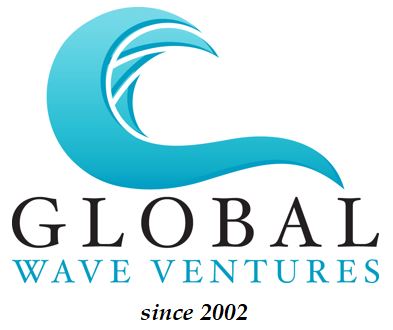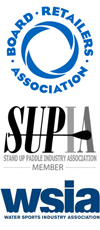It’s been nearly 10 years since the closure of Clark Foam—an event that initially sparked dismay, frustration and uncertainty among surfboard shapers, glassing factories and surf shops around the world. In the aftermath however, a tremendous surge of innovation and progression in surfboard materials, technology and performance evolved, creating lots of new options for today’s surfer—epoxy foam, “green” resins, stringerless blanks, 5-fins, carbon fiber and cork composition to name a few. Pukas, Channel Islands, Lost, Firewire and most of the other top board manufacturers are introducing new models every few months. These expanded choices (and rising prices) have however caused consumer overload and product confusion–board sales in many retail shops have stayed flat year after year.
“Too many new models, not enough information, too costly if you buy the wrong board, I don’t know which board will work” are just some of the consumer comments that I’ve heard. Even shops with over 300+ new boards in stock are frustrated. As evidenced by the success of consumer-oriented surfboard expos in California and Florida, today’s surfer wants to learn more and needs more insight as to which board, shape, fin set-up, etc. will help improve and expand their surfing.
What can you, as a surf retailer, do? Today’s surf consumer needs to be EDUCATED!!
- Provide plenty of consumer materials/handouts. “Mini” printed catalogs from the board and fin manufacturers should be used for reference whenever possible—such catalogs complement highly-informative websites discussing design, materials and performance elements. Recent surfboard design articles from surf magazines can also be reprinted and placed in the surfboard area.
- Better consumer evaluation, analysis on the “right” board. Surf shops should be “the source” of the most accurate, knowledgeable information on board selection, performance, paddling and more based on the specific needs and ability of the customer. Board manufacturers are providing guidance on recommended board volumes based on skill, weight, age and fitness level; this information can help narrow down which size and model might work for a customer. Educating an entry-level surfer and then selling them the “right” board will ensure a positive experience and could positively impact future sales as well.
- Have DEMO surfboards for key board shapes, designs. Surfboard and fin demo programs are extremely effective in boosting sales! Let your customer find out for himself which board fits his style and board-riding ability so that he’ll spend his hard-earned dollars with confidence—narrowing down some of the choices by riding a few different models will go a long way. Most consumers don’t realize how a fin’s size, material flex and overall template can drastically change a board’s performance—trying a few different sets can provide amazing insight and potentially transform a “mediocre” board into a stellar performer.
- Manage your surfboard inventory carefully! While it’s important to have a diverse and complete selection, it’s not economical or feasible to stock TOO MANY boards. Select your brands, shapes and lengths carefully–mixing local & well-known shapers, polyester & epoxy, 3-, 4- and 5-fin models, shortboards, funshapes & longboards. Utilize a custom order program from your key shapers wherever possible, creating a special relationship between surfer and shaper.
- Have consumer-oriented surfboard workshops and other educational events. Many of the top surfboard brands (and their sales reps) are eager to organize fun, informative events. Allow your customers, the shapers and the manufacturers to interact and share insight, direction, knowledge and confidence! The recent Camp Shred in Southern California gathered over 4000 consumers in a weekend filled with surfboard, fin and wetsuit demos!
There have been plenty of waves over the past 10 years, so it’s not a lack of surf that’s hurting surfboard sales. It’s your job as a surf shop to educate the consumer to reduce the confusion and increase the confidence in this important (and costly) purchase!
Happy wave riding!
About the author: Dave Seehafer is an industry analyst for Global Wave Ventures, a San Clemente, California- and Cocoa Beach, Florida-based brand management and special retail consulting firm for the action sports industry. For more insight on how to improve your surfboard sales, call 949-466-4110 or click here to send an email.

